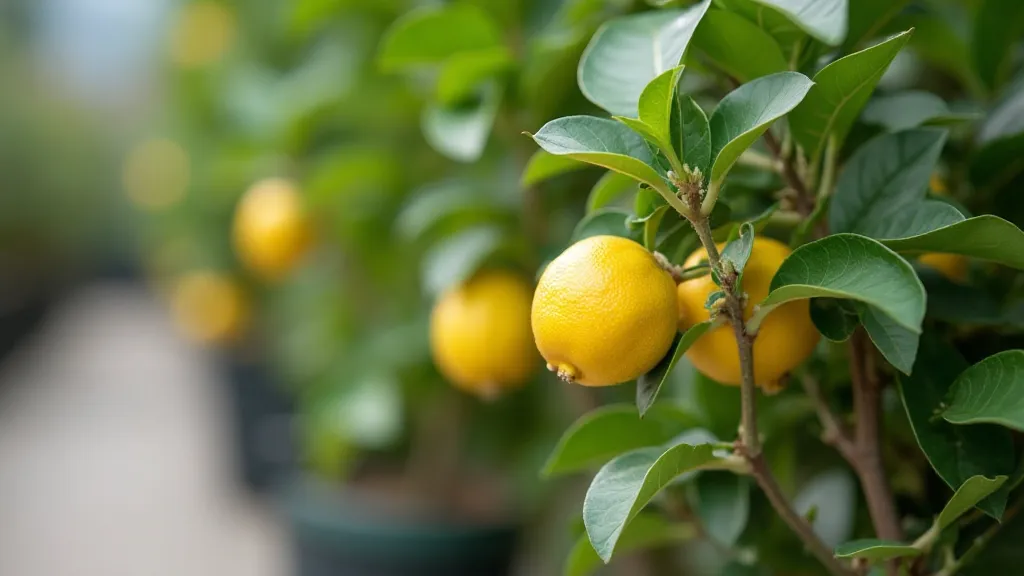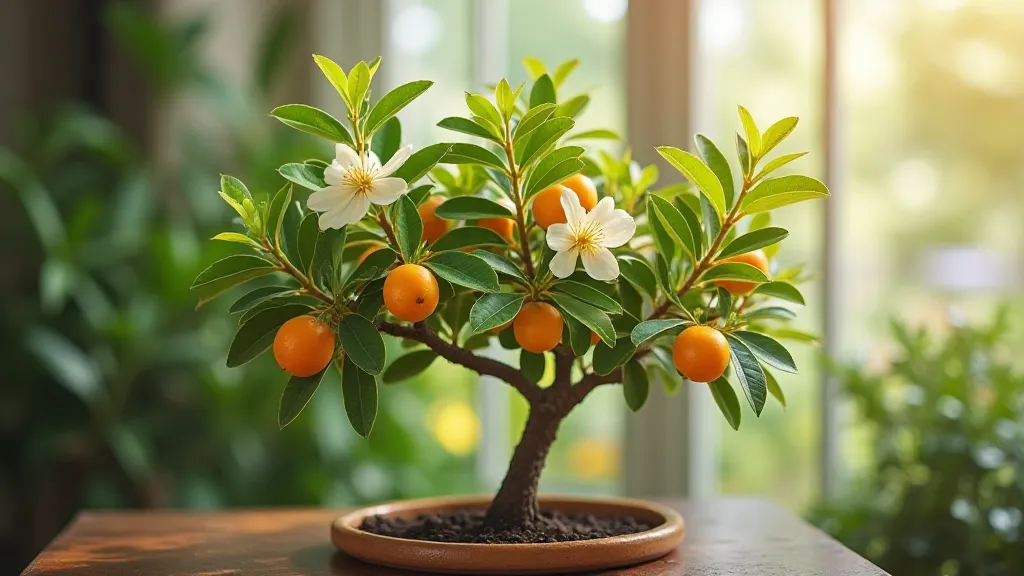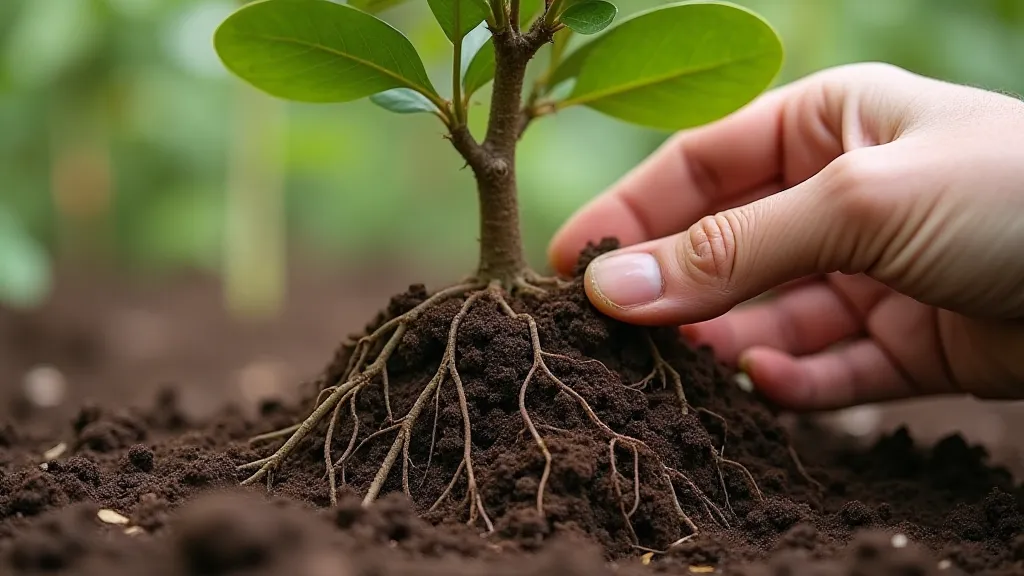The Ultimate Guide to Watering Dwarf Citrus Trees Indoors
Growing dwarf citrus trees indoors can bring the joy of fresh fruit and beautiful foliage right into your home. However, mastering their care can feel challenging, and watering is often a significant hurdle. Too much or too little water can quickly lead to problems, hindering growth and even causing your tree to decline. This guide provides a deep dive into the watering needs of your dwarf citrus trees, ensuring they thrive in your indoor environment.
Understanding the Basics: Why Proper Watering Matters
Citrus trees, even the dwarf varieties, have specific water requirements. Unlike plants that can tolerate consistently moist soil, citrus prefer a balance: enough water to keep the roots healthy, but also periods where the soil dries slightly between waterings. This allows for crucial oxygen to reach the roots, preventing root rot – a common killer of indoor citrus.

Frequency: How Often Should You Water?
There's no one-size-fits-all answer to how often you should water your dwarf citrus tree. Several factors influence this, including:
- Pot Size: Larger pots retain moisture longer.
- Soil Type: Well-draining soil requires more frequent watering than heavier soil.
- Temperature and Humidity: Higher temperatures and lower humidity will increase water loss.
- Season: Trees need less water during the dormant winter months.
As a general guideline, water when the top inch or two of soil feels dry to the touch. Stick your finger into the soil to check – don't rely solely on visual cues. During the growing season (spring and summer), this might be once a week or even more frequently in warmer climates. In winter, reduce watering to once every two to three weeks, or even less.
Watering Methods: Top vs. Bottom Watering
There are two primary methods for watering your dwarf citrus tree:
- Top Watering: This is the most common method, involving pouring water directly onto the soil surface. Water slowly and evenly, allowing the water to soak in.
- Bottom Watering: This involves placing the pot in a saucer of water and allowing the tree to absorb moisture through the drainage holes. This method encourages deeper root growth and helps prevent fungal diseases on the foliage.
Both methods are acceptable, but bottom watering is generally preferred for long-term health.
Recognizing the Signs: Overwatering vs. Underwatering
Knowing what to look for is crucial for adjusting your watering schedule.
Signs of Overwatering:
- Yellowing Leaves: Especially lower leaves turning yellow and dropping.
- Leaf Drop: Excessive leaf loss.
- Soft, Mushy Roots: A sure sign of root rot (requires immediate action – see below).
- Standing Water: Water pooling in the saucer.
Signs of Underwatering:
- Wilting Leaves: Leaves drooping significantly.
- Crispy Leaf Edges: Leaves turning brown and brittle.
- Leaf Drop: Leaves dropping, often starting with older leaves.
- Dry Soil: Soil pulling away from the sides of the pot.
Seasonal Adjustments & Specific Needs
Your watering schedule will need to be adjusted throughout the year. During the active growing season (spring and summer), your tree will require more water. Reduce watering significantly during dormancy (winter). Pay attention to your tree’s specific needs as well. Younger trees and those in smaller pots will dry out faster than older, larger trees in bigger containers.

Water Quality Matters: Addressing Hard Water
The quality of your water can also impact your dwarf citrus tree's health. “Hard” water, which contains high levels of minerals like calcium and magnesium, can lead to a build-up of salts in the soil. This can damage roots and inhibit nutrient uptake.
If you have hard water:
- Flush the Soil: Periodically (every few months) water the tree thoroughly until water runs freely from the drainage holes to help flush out accumulated salts.
- Use Filtered Water: Rainwater, distilled water, or filtered water are ideal.
- Consider a Water Softener: If hard water is a persistent issue, a whole-house water softener might be a worthwhile investment.
Dealing with Root Rot
If you suspect root rot, act quickly. Carefully remove the tree from its pot and inspect the roots. Healthy roots are firm and white; rotten roots are dark, mushy, and foul-smelling. Prune away any rotten roots with clean shears. Repot the tree in fresh, well-draining soil and reduce watering frequency until the tree recovers.

By understanding the nuances of watering and paying close attention to your dwarf citrus tree’s individual needs, you can ensure its long-term health and enjoy the rewards of homegrown citrus fruits.





